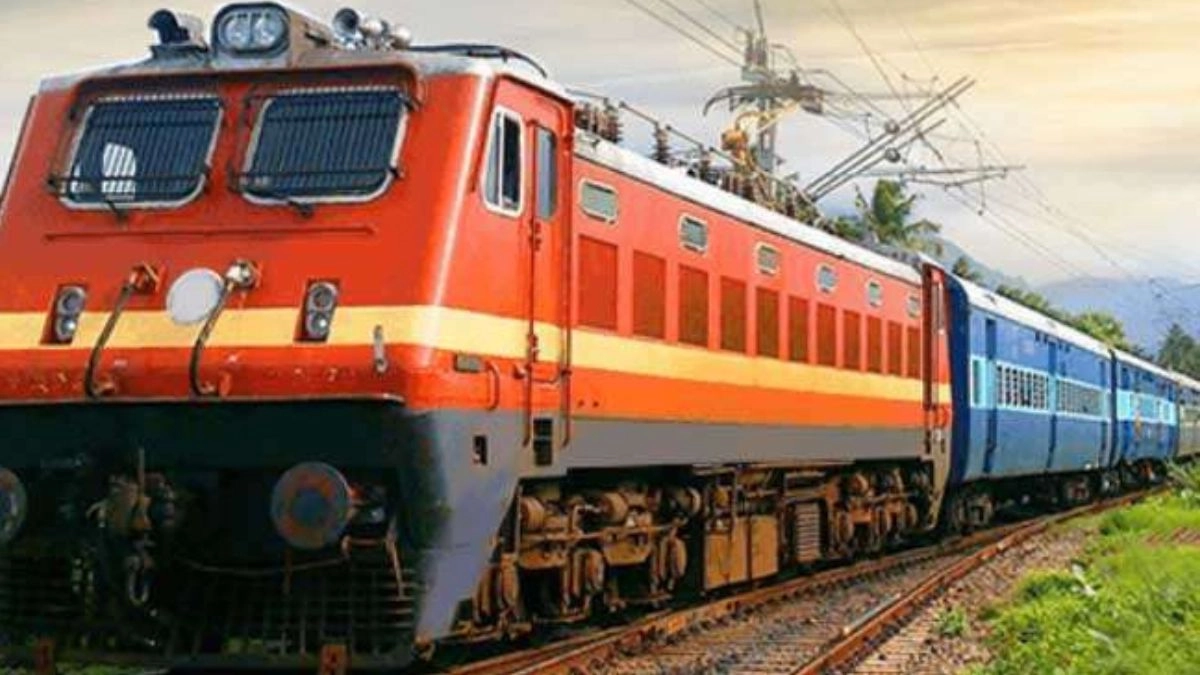
MUMBAI-PUNE TRAVEL TIME TO REDUCE BY 20-30 MINS WITH MAJOR UPGRADE TO BHOR GHAT RAILWAY LINE
In a major upgrade to the Bhor Ghat Railway line, the Central Railway is planning to build a lower-gradient alternate rail route for facilitating passenger trains, and reducing the travelling time between the two cities, Mumbai and Pune by 20-30 minutes. The new railway line will be longer in length, and guarantees no use of additional engines for operating passenger trains. The authorities have already started a survey to find out if the plan can be executed.
“The survey commenced about five months ago. It’s an elaborate survey to decide alternate routes that will make the ghat section alignment less steep. The present alignment between Mumbai and Pune in the ghat section is very steep with a gradient of 1.37. The aim of the project is to bring down the gradient to 1.100,” said Swapnil Neela, chief public relations officer, Central Railway. “The new route may be longer, but it will still take less time commuting between these cities,” she added, as quoted by an Indian Express report.
READ MORE: UP: 85-Year-Old Attacked By Stray Bull In Meerut, Suffers Grievous Injuries | Watch
Once the gradient is reduced as per the plan, it will do away with the need for a banker locomotive while facilitating trains through the ghats’ steep slopes. Neela said, “Due to the reduced slope, passenger coach trains may not require the banker locomotives anymore, which can be used for goods trains”. According to the official, the survey findings will be reviewed first to know which feasible alignment is possible on the ghat.
History
The history of the current alignment dates back to the middle of 19th Century when the Great Indian Peninsula Railway (GIPR) laid the railway tracks on the ghat to connect Bombay (Mumbai's previous name) to Deccan Plateau and beyond. It was a crucial step that started the movement of goods, troops and people. Carving out a rail track through zigzag or switchback tracks was difficult where the train would move forward in one direction.
READ MORE: Uttar Pradesh: Search For ‘Man-Eater’ Wolves Intensifies In Bahraich, 165 Forest Personnel In Action
Historical records show that around 24,000 workers were involved in the construction, which was overseen by European engineers. It is estimated that between several hundred and 2,000 workers died due to accidents, harsh working conditions, and diseases like malaria during the project.